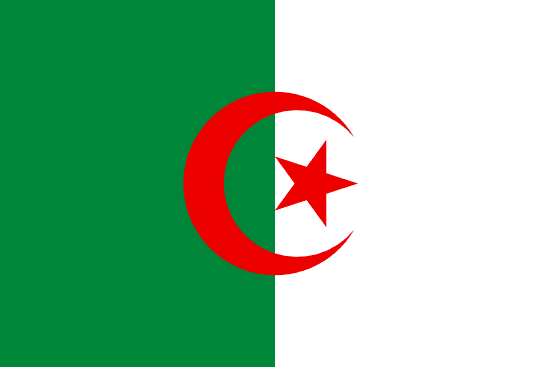"بين الصحراء و التاريخ | Between the desert and history"
About:
Djanet, an oasis city in southeastern Algeria, was founded in the 15th century as a trading post. It is known for its unique Saharan architecture and prehistoric rock art. Under French colonial rule (1898-1962), Djanet experienced significant development. Since Algeria's independence, Djanet has remained a key cultural and tourist hub, renowned for its annual Tassili cultural festival. Despite modern influences, the city retains its traditional Tuareg culture and lifestyle.
When to visit:
Djanet, located in the Tassili n'Ajjer National Park in Algeria, is best visited during the cooler months of November to February. During this time, temperatures are more moderate, making it ideal for exploring the stunning rock formations and ancient cave paintings in the area. The winter months also coincide with the peak tourist season, offering a bustling atmosphere and various cultural events and festivals to experience. However, be sure to plan your trip well in advance as accommodations and tours may be in high demand during this popular time of year.
When to avoid:
Djanet, a popular tourist destination located in southeastern Algeria, experiences extreme heat during the summer months, making it the least favorable time to visit. The months of June to August see scorching temperatures exceeding 100°F (38°C), making outdoor activities uncomfortable and potentially dangerous. Additionally, these months coincide with the peak of the tourist season, leading to crowded attractions and higher accommodation prices. Travelers looking to avoid the heat and crowds may find it more enjoyable to visit Djanet during the cooler months of late autumn to early spring.
Winter (Dec-Feb)
Djanet, Algeria experiences its coldest and wettest period from December to February. Average temperatures range from 10°C to 20°C. Rainfall is sparse, peaking at around 1.5mm in February. Sunlight is reduced to roughly 6 hours per day. Cloud cover increases, although it's still relatively clear. Despite being the wettest period, the desert climate keeps the weather dry and mild. An average day for a visitor may involve exploring the town under partly cloudy skies, with a slight chill in the air and occasional light showers.
"Hot Season (May-October)"
Djanet, Algeria experiences its warmest period from May to September with average high temperatures ranging from 30°C to 40°C (86°F to 104°F). Rainfall is scarce during this season, with monthly averages below 10mm, making the environment quite arid. The region enjoys abundant sunlight with an average of 10-11 hours of daylight per day.
Humidity is generally low, often below 30%, contributing to the dry and hot feel of the area. Cloudiness is also minimal during these months, with clear skies being more common than not.
A typical day for a visitor during this period would involve intense heat, especially in the mid-afternoon. The mornings and evenings are more bearable, with temperatures dropping slightly. Due to the low humidity and aridity, the heat can feel quite harsh, especially under direct sunlight. It's a perfect time for indoor activities or exploring the Sahara Desert in the cooler parts of the day. Don't forget to stay hydrated and protect yourself from the strong sun!
Language:
In Djanet, a city in southeast Algeria, the most commonly spoken language is Tamahaq, a variety of the Tuareg languages. Arabic, the official language of Algeria, is also spoken, particularly Modern Standard Arabic and Algerian Arabic. French, due to Algeria's colonial history, is also used, especially in business and education.




